NFT (Non-Fungible Token) took the Internet and finance worlds by storm in 2020-2021, growing from a market total of 82 million dollars to an astonishing 17 billion! The concept was pretty simple – in a digital world, people needed an original version of their work.
So, to do that, they had to find a solution to “mark” an original piece to make it stand out among others. Thanks to the enormous popularity of blockchain technology, NFT artists borrowed it to “mint” their own works of art. And similarly to what we can experience in the world of modern art, those pieces were used as an investment tool and speculative one as well.
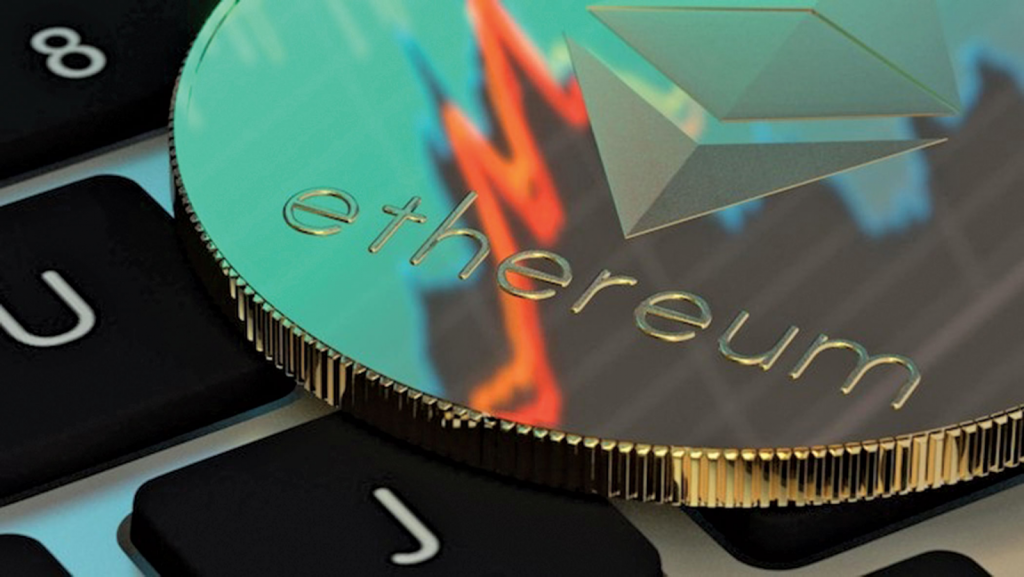
Popular NFT marketplaces allowed artists to sell their art and collectors/investors a chance to add something unique to their NFT collection. That way, both parties were in a win-win situation. Artists got their fair share of selling their art for a good price that they would rather not see on a regular art marketplace, and buyers got a unique digital piece of art that only they can claim to be an owner of.
It’s a great tool to enter the marketplace for especially young artists and investors fluent in new technology.
In this article, we’re going to guide you through the process of minting NFTs, by which we mean converting the art into an NFT on a blockchain platform. We will also guide you through the costs of creating such a thing – probably the most important thing for many aspiring NFT artists.
So, if you’re trying to get a chunk of this new and developing market, or you just want to better understand what it means to create an NFT – we’re happy to help you out!
Minting Process
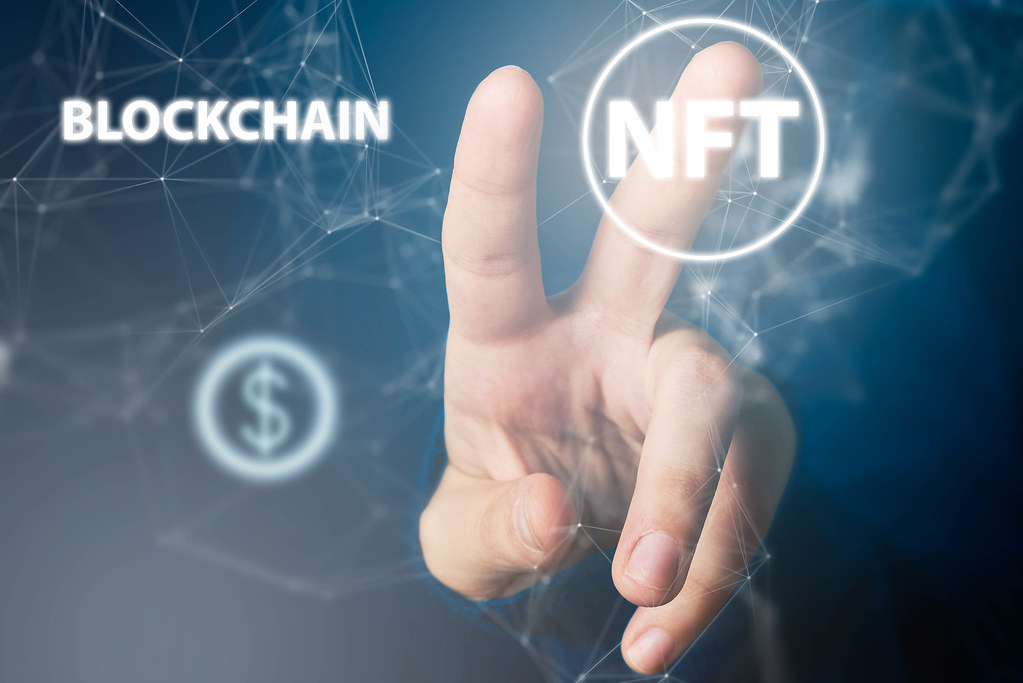
But before we get to the costs, let’s first go through the process of creating an NFT. The first step is to create a unique digital artwork. Of course, it does not have to be anything special, but as it is indeed a costly process in some ways (and in some – it can be somewhat free), we’d recommend using some of the better pieces to put on the marketplace.
As we’ve stated before, creating an NFT is a process of converting the artwork into a digital asset. The whole thing is a lot simpler than it sounds on paper, so don’t worry if, at first, it all feels a little bit “techy.” After your first NFT is created, it will be pretty easy from that point on.
So, to create an NFT, you must mint the artwork on the blockchain. Doing so gets the art encrypted with a unique code that can later be used to sell or buy said artwork.
To do so, you need to choose a smart contract blockchain from those compatible with NFT technology e.g. Ethereum (one of the most popular blockchains used to mint NFTs)..You will need a native blockchain cryptocurrency wallet and some native currency to pay for the transaction fees.
The way it works is simple – after paying the gas fee (we’ll explain in more detail what it is later), your NFT gets verified, and your transaction gets added to the blockchain. It’s like uploading it to the server for a fee in short. And, thanks to it being a part of a blockchain, NFT will also gain some additional possibilities like tracking transactions and the ability to be sold and bought on the marketplace. So this is the process of minting NFT. Now, let’s find out how much it costs to create an NFT.
NFT Minting Cost

The basic answer is pretty simple – it ranges from 0,05$ to over 150$ per piece. Of course, as the whole crypto market is known for how frequently it changes (and that is why many people enjoy it), those price ranges should always be checked out before deciding to mint a single NFT with a chosen currency.
Also, you must include the costs of marketplace fees (from free to 5%, depending on the market).
It will be higher or lower depending on which one you would like to use.
Many first-time NFT minters are tempted to use the cheapest method to create their own NFT and sell it on the market, but it is not recommended as it would sometimes limit the scope of your possible clientele.
Here is a comprehensive list of all NFT Blockchains with assigned prices:
- Ethereum – 0.01 – 0.05
- Solana – 0.00001 SOL
- Polygon – Free (+marketplace fees)
- Tezos – .08 – 3.6 XTZ
- Cardano – 17 – 1.5 ADA
- WAX – 0.13 – 13 WAXP
- Avalanche – 0.008 – .02 AVAX
- Zilliqa 0.7 – 2.9 ZIL
What Makes Some Blockchains More Expansive?
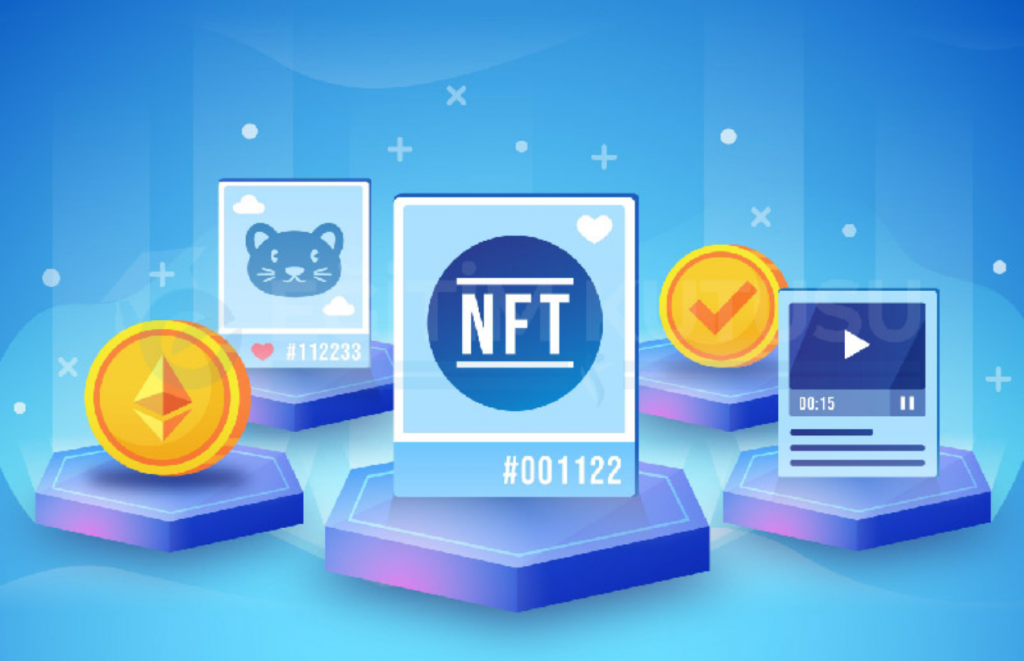
So, why choose more expansive blockchains over those that are literally free or close to them? Well, it’s the same case as with cryptocurrency. It all goes down to how “legit” and strong the cryptocurrency is.
The most expensive one on our list is Ethereum. It’s also one of the most popular blockchains ever. Why? Well, it’s really, really secure as a PoW (proof of work) blockchain. But, as in all things, it comes with some disadvantages. As it has to go through many security checks, it is not the most efficient in the blockchain family. And so – it has one of the highest gas fee payments on the market.
What is a Gas Fee?
They are the payments individuals make to complete a transaction on a blockchain. You can imagine it this way: you – an individual, who wants to make a transaction, have to pay a little “fee” for those miners out there for all the “gas” they used to create a blockchain you want to access. It’s a simplistic version of how it goes, but in essence – it works like this.
So for secure and strong Ethereum – it will be a lot of work to mine this one on the market. That’s why there are higher gas fees for using it to mint your NFT.
The other difference between those two is that with heavy Ethereum, you can perform much fewer transactions per second than with pretty much gasless minting with Polygon blockchain. To compare it, Polygon can do up to 65000 transactions per second, whereas the Ethereum blockchain can go up to 17 maximum. The same goes for Solana blockchain and others.
If you want to create many NFT collections, you will have to keep that in mind.
Lazy Minting
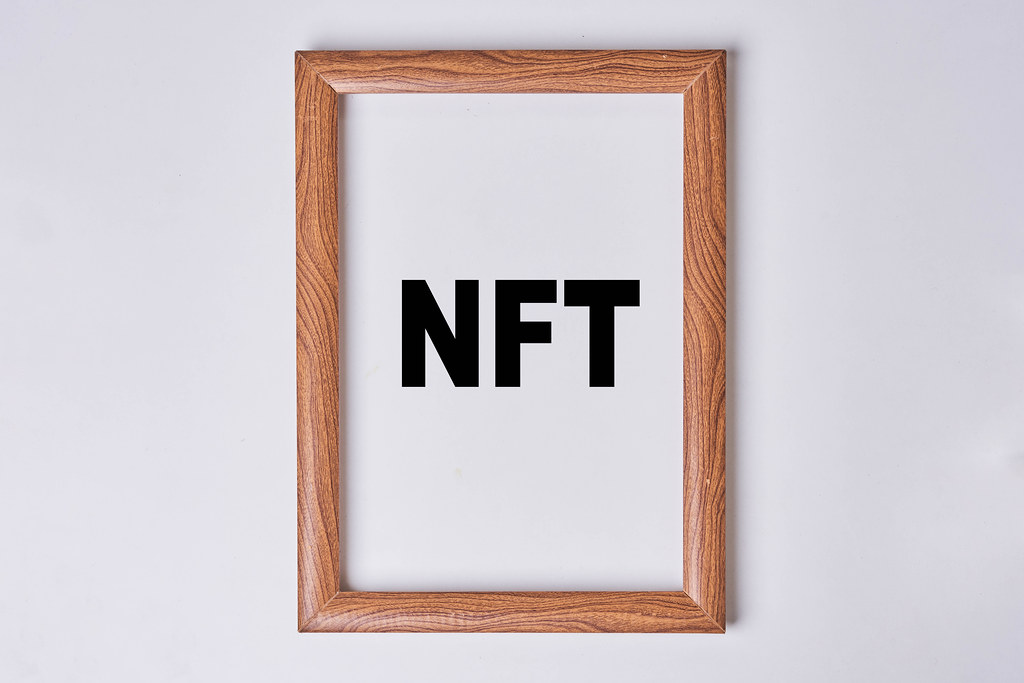
But, as usual – there is another option to stay safe in this business called lazy minting. It’s basically like this – you don’t want to spend money on a project you are unsure if it will sell, right? So, as a creator, you will probably do everything in your power to lower the costs of creating your digital assets to a minimum until you are sure that someone will for sure buy them.
Well, then, you will probably love the option of lazy minting. Instead of investing money upfront – do it when the buyers decide to get one of your Non-Fungible Tokens. It’s pretty simple – rather than paying the gas fee and everything else, you can just deduct it from the selling price. It’s also called “just-in-time” minting as you mint an NFT when it gets bought. You can do it on OpenSea and other popular marketplaces with no problems.
It is the closest thing to creating NFTs for free that there is. Every new NFT created needs some gas, so you can’t mint completely free, but you can get somewhere close to it. Minting costs are necessary to use the blockchain platforms. The only downside is that – you have to mint it in the moment of purchase so it may be more expensive than if you’d for example did on the weekend when prices are lower or if you have your own coins you can use for minting. Besides that – it’s a pretty popular way of minting NFTs.
What Else Influences the Cost of Minting an NFT?
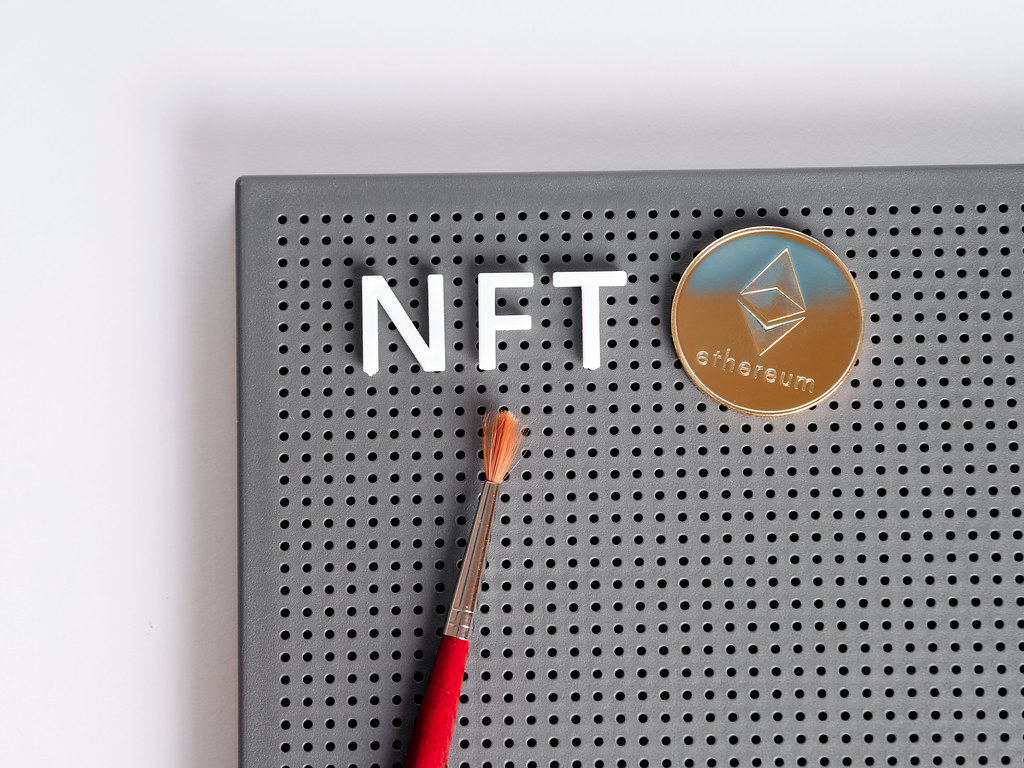
Now that we have some basic understanding of what kind of costs to expect and what we can use, let’s find out why some NFTs cost more to create than others. What are the reasons behind this? Well, there are plenty.
First, as we’ve stated before, you need to consider all the fees. We’ve mentioned gas fees before, although – there are more. Those are more like the costs of doing business.
Within that, you’d need to consider the account fees and listing fees if you’d want to put your collectibles out there for everyone to buy. It’s different depending on how many NFTs you’re going to sell. NFT creators vary in how they approach this space. For example, in some cases, you can sell one or two and pay an upfront fee. It’s similar to what you can do on auction sites like eBay.
Other things you need to consider are NFT features themselves. Of course, the bigger the data that you want to add to the blockchain, the more expensive it’ll be to mint it. The same goes for the format and quality of the work.
It may sound silly, but what also influences the cost of minting an NFT is the…day when you do it. It’s common in the case of cryptocurrencies that in case of high demand – the prices go up. And high demand is usually during the week. So, if you want to decrease your costs to a minimum, you can try weekends, as those are probably less crowded on the NFT marketplace.
So to summarize, the cost of mining NFT depends on:
- Gas fees – the money you have to pay to the coin miners
- Account fees – the cost of running the account on the certain platform
- Listing fees – the cost of putting your work up for sale
- Minting fees – if you’re not doing lazy minting – you’ll need to add the cost of creating an NFT
- Royalty fees – the percentage you have to pay to the original creator of the piece if you’re reselling it
Most Popular NFT Marketplaces
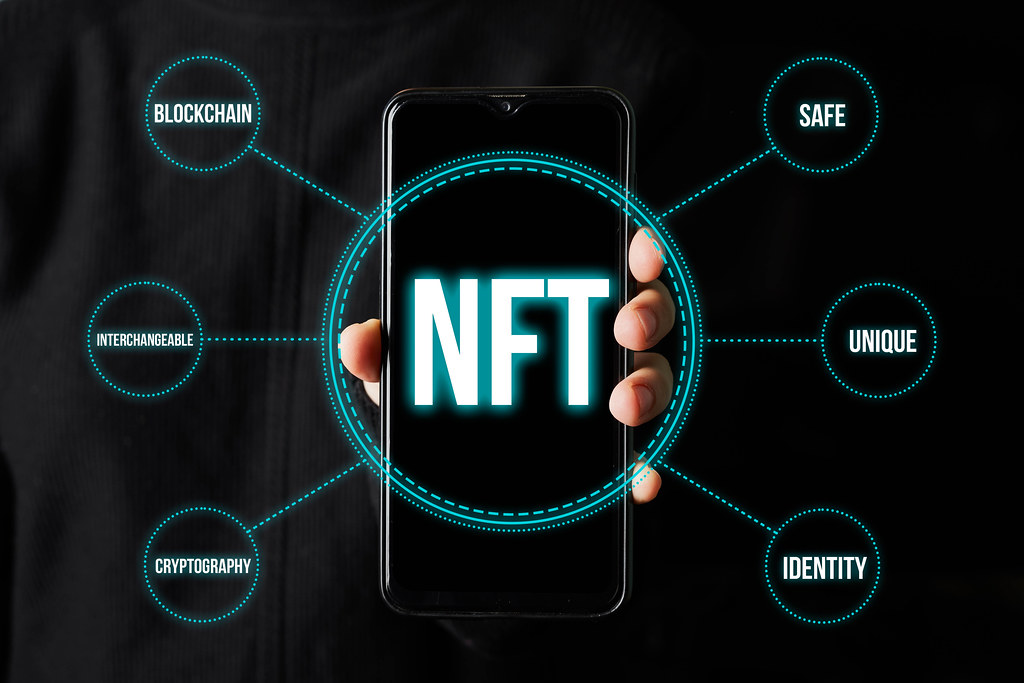
The NFT market is vast and we’re here to help you navigate it. As you probably already know, there are many Marketplaces for you to create your own digital art and sell it there. Here are the most popular places for you to sell and create your NFTs,
OpenSea
One of the biggest, if not the biggest NFT platform. It’s also the first one ever created. Founded in 2017 by David Finzer and Alex Atallah, OpenSea offers a huge selection of NFTs for all your NFT needs. We’re talking about NFT art, NFT collectibles, literally any NFT creation you can imagine – it’s probably here somewhere. From 95 million dollars worth of the company, it is now valued at 13.3 billion dollars, so – NFT sells!
As we’ve stated before – not all marketplaces work with special mint NFTs. Here, you can sell your NFTs based on the Ethereum ERC-721 standard, the layer-2 scaling solution for Ethereum Polygon, the KIP-7 standard for Klaytn, and the SPL standard for Solana.
So, what is the basic fee to create an NFT artwork? Well, it’s pretty simple – OpenSea takes 2.5% of the sale price for the seller. So this is how much OpenSea takes from your purchase. It’s basically a transaction fee, the only fee that goes straight to OpenSea. All the other costs relating to using the platform are the previously mentioned gas fees and royalty fees to the one NFT creator who posted the original content. It is usually capped at 10% of the price. So, you’ve got 12.5% of the price plus the gas fee for using Ethereum, for example. ETH gas fee is currently around 1 dollar if you’re wondering about blockchain transactions, but it’s prone to change as everything on the crypto market.
Rarible
And here we have something completely different. Rarible is a decentralized autonomous organization (DAO). What does it mean?
Well, in the case of OpenSea, it’s more like an eBay with a big brother always setting the platform’s rules that you really have no say in.
In the case of Rarible – it’s completely the opposite. Users are the ones who set the rules of the platform by creating a community interested in NFT creations. It also allows users to mint and index NFTs through smart contracts.
It was launched in 2020 in Russia by Alexei Falin and Alexander Salnikov. It’s a trustworthy marketplace with most of the popular NFT wallets available (MetaMask, Rainbow, Coinbase, Fortmatic, Portis, and others).
How much does an NFT transaction cost on Rarible?
As they state on their website: “Rarible takes 1% on the buyer side and 1% on the seller side from every sale happening on the marketplace. That’s it.” And that’s it. Of course, you have to add a royalty fee to the art creator, usually from 5-10%.
When it comes to the minting fees – the same rules apply as in all of the other situations. Depending on the blockchain you use, you can get some upfront minting fees or get almost free NFT if you’ll choose something less expensive.
You can also choose the free minting option while uploading your work, but it comes with baggage. Firstly, your minting fee will fall on the buyer, who will have to pay fees for buying your NFT. Also – your work won’t be only yours, but it will fall under the Rarible collection, so keep that in mind.
Mintable
With many NFT platforms, this one is definitely worth checking out. It’s built on top of Ethereum. You can be sure then that this is a legit option to create your NFT collection. It’s basically a collection of smart contracts where users can create their art and collectibles on the blockchain and do not have to be a computer expert to do so.
Just take your own NFT creations and fill out the details – now you can create NFTs, sell NFTs and collect NFTs however and wherever you want.
It’s also been on the market since 2018, so you know that it’s a legit place for your business.
So, what kind of fees can you expect? 2.5% normal NFTs, 5% gasless NFTs, and 10% printable NFTs. The same rules apply when it comes to minting (expect from when you choose the gasless NFT option, as you can probably deduce). As for now, Mintable does not seem to have a cap on the royalty fee, unlike other options.
Binance
With the NFT popularity growing rapidly, big crypto players just had to get in this market with everyone else. So it was just a matter of time before some players like Binance got in on the action.
As you probably know, it’s one of the world’s largest cryptocurrency exchanges regarding trading volume. And, as you can expect from a big player like this – it’s a big chunk of the market. Because of its size, it can also go hard on competitive fees. It’s only 1% of the trading fee. No other fees except for the obvious ones like gas fee and royalty fee.
Binance also has much experience in creating crypto-oriented website, so it’s reasonable that they also added some elements of NFT to their professional portfolio.
There is one added element in the case of Binance – it also has its own blockchains, so you can imagine that it makes the whole minting process a lot easier.
Nifty Getaway
While mentioning the most popular auction platform for NFTs, we just couldn’t miss out on one of the most interesting and popular ones – Nifty Getaway. One of the most expansive NFT sales took place here, a 91.8 million dollar transaction for Pak’s “The Merge.”
Also, in 2019 it was taken over by Gemini, a company owned by some pretty well-known twins called Winklevoss. Yep, those are the same guys who were fighting with Zuckerberg for Facebook.
Anyways, Nifty Getaway is the place where big sales happen. You can find artwork from standalone artists like Beeple, Pak we’ve mentioned before, and Refik Anadol. It’s to no surprise that it partnered with the Sotheby’s auction house in 2021.
With all that in mind, what’s the end cost here? There are two systems currently in place, with the second one being the go-to ultimately. Until then – those two are working simultaneously. First one is a flat 5% fee. No gas fees, nothing else. You can pay with a credit card, prepaid ETH, and Gemini.
The second one is a 2,5% fee, also gasless, and you can only pay with ETH held in an ETH wallet. Roaylty fees apply as in other cases.
Wrapping Up
Thanks for checking out our neat little guide to this viral question in today’s society. Whether we use some popular blockchain or any of the many popular NFT wallets, there are unlimited options to find the best possible way to create an NFT. Whether you go with a nifty gateway with a site that can offer lazy minting or you’ll find some good royalty percentage for your investment – it’s a fun and creative market to be a part of. If you’re interested in more crypto/NFT topics – check out our website for more information!

SEO enthusiast and digital marketing strategist. My expertise lies in optimizing websites for organic traffic growth and search engine visibility. I carry out, among others, SEO tests, keyword research and analytical activities using Google Analytics. Privately, he is a lover of mountains and bicycle trips.

